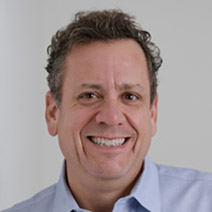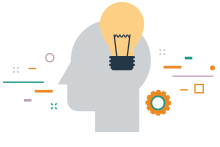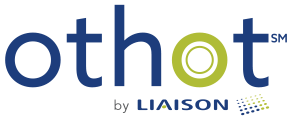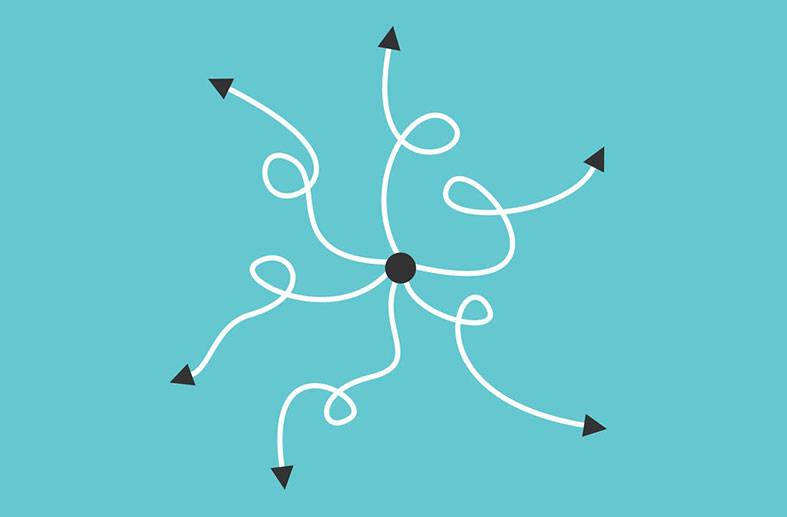NACAC Code of Ethics Changes: Thinking About “Melt” During a Pittsburgh Winter

Andy Hannah
In Pittsburgh, and I am sure in other parts of the Northeast, our road crews actually “paint” the roads with salt to prepare for the snow. Because the salt melts the snow, this preparation prevents accidents and reduces delays in commutes.
In a similar way, we need to prepare for melt in a different way this year. It’s different because we can only anticipate the impact that changes to NACAC’s Code of Ethics and Professional Practices will have. These changes were catalyzed by the Department of Justice to ensure a healthy competitive environment among colleges and universities.
As a result of the changes, schools can now:
- Continue to recruit students even after they have committed themselves to a college;
- Knowingly recruit or offer enrollment incentives to students who are already enrolled, registered, have declared their intent, or submitted contractual deposits to other institutions; and
- Solicit transfer applications from a previous year’s applicant or prospect pool even if the students have not initiated a transfer inquiry.
In September, InsideHigherEd reported that “Some experts on higher education believe that without the provisions, colleges will be tempted to poach students from other colleges. But the mood at the meeting was to avoid that issue.”
As we have read in more recent articles, and as fall turned to winter, moods changed with the seasons. In February, The Chronicle of Higher Education reported that “Thirty-five percent of enrollment leaders said they were considering trying to poach other colleges’ students (according to a recent survey by consulting firm EAB).” (Note, this survey was conducted in mid-October 2019, only a few weeks after the change in guidelines.)
In conversations with our partners, I am seeing a similar, if not, accelerating trend. However, the sentiment is often student-centric. These schools are "seeking student transfers" who may not have made a good “first choice,” i.e., there are students “out there” who would find “our university” a better fit.
The reality, however, is that many schools see the “new rules” as part of their strategy to gain more students in an age where the nationwide population of high school graduates will remain flat, and then decline over the next decade and beyond. Not surprisingly, the conversations quickly turn to developing strategies to protect their current student body, as well as how do they engage students who have committed to another institution.
The NACAC changes are creating complexity and friction that is turning some higher education institutions on their sides. Institutions are trying to prepare for this new environment. Many will develop data-driven strategies to:
- Build predictive models to understand the likelihood of current students to transfer to ensure those students are well understood, served, and helped in their decision-making process.
- Use data-driven and advanced analytics models with the prior years’ "admitted, not enrolled students" that had a high degree of fit with their institution to see if now may be the time for them to rethink their higher education choices. By the way, it is likely that aid sensitivity will play a role in their decisions.
- Use data science to diagnose and measure the impact of the rule change, as well as further identify important variables that will necessitate a change in next year’s strategy.
Complexity increases friction, and the changes to NACAC’s Code of Ethics and Professional Practices add to our industry’s complexity at a time when we need to be frictionless. A well-designed, data- and AI-driven strategy will combat that complexity and be an important step to becoming frictionless in 2020.

Andy Hannah



